Hope as Resistance: 16 Pictures of Dissent to World War One
The last surviving British veteran of the First World War, Harry Patch, died in 2009. With him dies the collective memory of a generation that fought, resisted, endured and dreamed.
Living memory is a powerful thing. It can assert itself in ways the dead cannot. Patch himself met Tony Blair. He told him “war is organised murder” (1).
Now he sleeps, the experience of his generation are up for grabs: a quote for a statue, an artefact for a museum, a sound-bite for a speech. With their voices gone, our leaders are free to resurrect the same old lie: it is sweet and honourable it is to die for one’s country.
Yet we can all be custodians of their memory and we can all reclaim history. When the Government announced a year of “celebrations” to mark the start of the First World War, some of us started a radical history project to uncover more about the War to End All Wars. Here is a picture of what we have found so far.
Britain’s entry to the First World War was opposed by many, including the then Labour Party under Keir Hardie, pictured here speaking in Trafalgar Square, 2 August, the day before Germany declared war on France. Image: Magnoliabox.
Entry to the war was opposed by campaigners in the Central Powers too. A 1914 Hungarian Social Democratic Party poster calls for the people of Budapest to “march against the horrors of war”. Image: “Posters: A Concise History” Thames and Hudson.
Britain entered the war having learnt total brutality from its imperial adventures. Prior to the new European War the British Army’s most recent experience of large-scale combat was in South Africa, where Field Marshal Kitchener pioneered a scorched earth policy and the use of concentration camps against civilians. Lizzie van Zyl (pictured) died in British custody in the Boer War, aged 7. Image: Wikimedia.
After early advances and retreat the Western Front moved only a few miles between Winter 1914 and Spring 1918. Allied tactics insisted on repeated pushes into German lines totally fortified far beyond the front lines. Advance through such fortifications was near-impossible. Allied Trench maps show the detail of understanding of the futility of these advances. Image: National Library of Scotland.
German use of gas on the war field was frequently used to make the case for continued British sacrifice. Yet chemical weapons were adopted by all sides and allied chemical attacks caused 300,000 causalities. Winston Churchill, First Lord of the Admiralty during the war reflected in 1919 “I am strongly in favour of using poisoned gas against uncivilised tribes. The moral effect should be so good that the loss of life should be reduced to a minimum.” Image: Wikimedia.
On the home front white feathers were distributed to shame men who has chosen not enlist. Official poster campaigns asked ‘what will you answer when your children grow up and say “father, weren’t you a soldier too?”‘. Conscientious objectors, promised some rights as part of the Conscription Act, were persecuted. Image: National Library of Scotland.
On Christmas Day 1914 many battle lines went quiet and, in places troops left their positions, climbed into no-man’s land, and shook hands with their opponents. Some played cards, some drank together, some sang together. Near the town of Ypres a football match was held (which German troops won 2-1). To mark the centenary of the match the English Premier League is funding for a new pitch for local clubs in Ypres, Belgium. In subsequent years of the war such meetings were banned. Image: Wikipedia.
In 1916 1,200 women from Britain, Germany, Austria-Hungary, Italy, Poland, Belgium and the United States met in the Hague to campaign to stop the war. This photo shows the American delegation. The International Congress of Women plotted an alternative, non-violent form of conflict resolution and demanded mediation and peace. Image: Swarthmore College Peace Collection.
The British front line in Dublin. In 1916 British troops were sent in to crush the proclamation of the Republic of Ireland in the Easter Rising. The rebellion was over in five days with 466 killed. Image: Wikimedia.
Unrest was rife elsewhere at home. Three years after the Easter Rising tanks were sent in to the ‘Battle of George Square‘ in Glasgow when 60,000 rent and wage strikers took to the streets demanding better conditions. Image: Wikimedia.
Organised resistance took its toll on both warring sides. As Paul Mason recalls in October 1918 German workers and soldiers organised to bring down their own army, shutting down factories, the navy, and eventually taking Berlin. Organised workers began a German revolution making continued fighting impossible. On 9 November the Kaiser was forced to abdicate ending the First World War. Banner readers “no war”. Image: Libcom.
With hope for internationalism President Atatürk of Turkey told the families of the Allied dead of Gallipoli “your sons are now lying in our bosom and are in peace. After having lost their lives on this land they have become our sons as well.” His words are recorded in a memorial at Anzac Parade, Canberra, Australia. Image: Flickr.
How many lost their lives? Many more than we care to remember. In 2014 responding to calls for the extension of the Tower of London’s installation of ceramic poppies (marking British fatalities), the Quakers mapped how much of central London would be covered if all the war dead were commemorated in this way. Image: Quakers/Google Maps.
Was all of this sacrifice made for the liberty of plucky Belgium? A legacy of the First World War was the beginning of 96 years of decline of the British Empire – but territorially it was a huge victory for the allies. By the end of the war Britain had gained control of modern day Iraq, Kuwait, Jordan, Palestine/Israel, Namibia, Tanzania, Cameroon, Togo, and Papua New Guinea. Images: atlasofbritempire.com
The Third Battle of Ypres, also known as the Battle of Passchendaele, was one of the deadliest battles in history. 70% of the dead, 35,000 men, were never found: their bodies sinking into the mud. Image: Wikimedia.
In 1919 Paul Nash records the desolation at Ypres with awesome precision in his painting “The Menin Road” (click to view).
95 years on the British Prime Minister David Cameron stands in front of Nash’s picture to announce a year of “celebrations” to mark the start of the first world war.
Now they are dead the memories of the First World War generation belong to us. Don’t let the Government take them over.
References and further reading
- No Glory: the Real History of the First World War (pamphlet). Neil Faulkner. Stop the War Coalition, 2014. Available from here.
- To End All Wars (book). Adam Hochschild. Macmillan, 2011.
- Opposing World War One: Courage and Conscience (pamphlet). Fellowship of Reconciliation, Pax Christi, Peace Pledge Union, Quakers and the Women’s International League for Peace and Freedom, 2013. Free download here.
- No More War (website), Peace Pledge Union project for 2014-18.


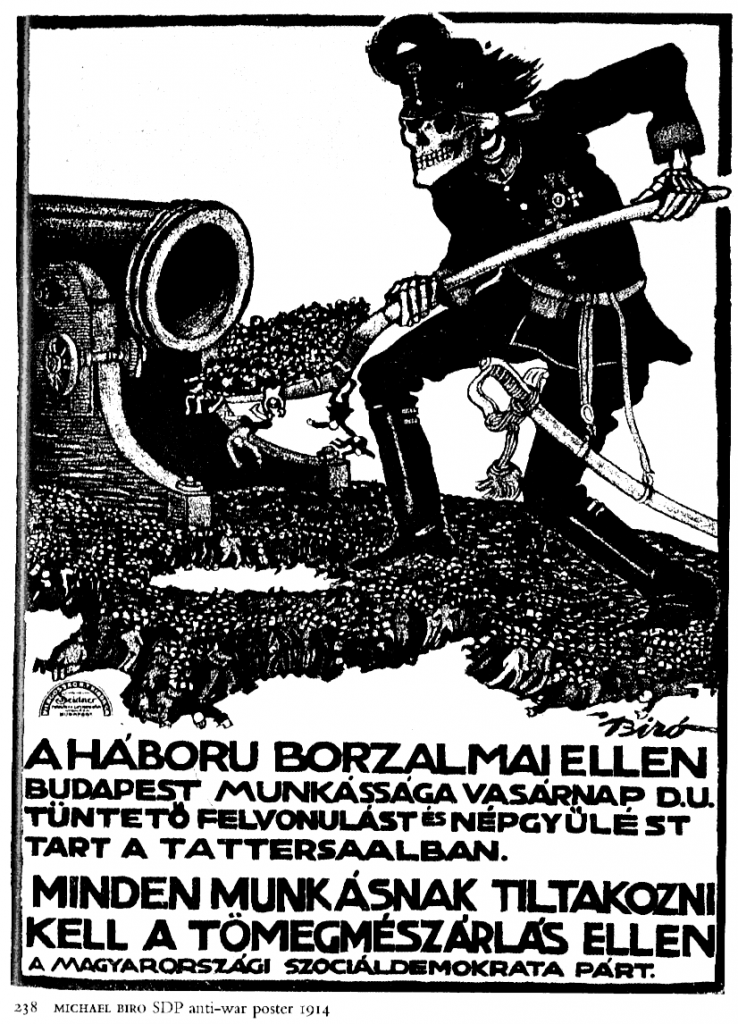
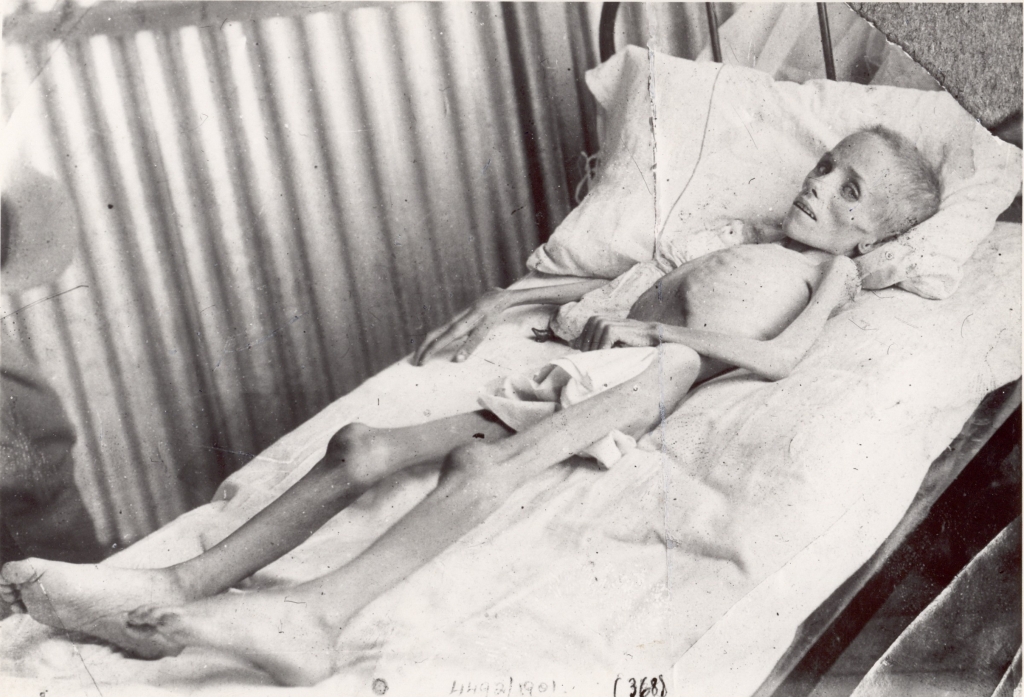

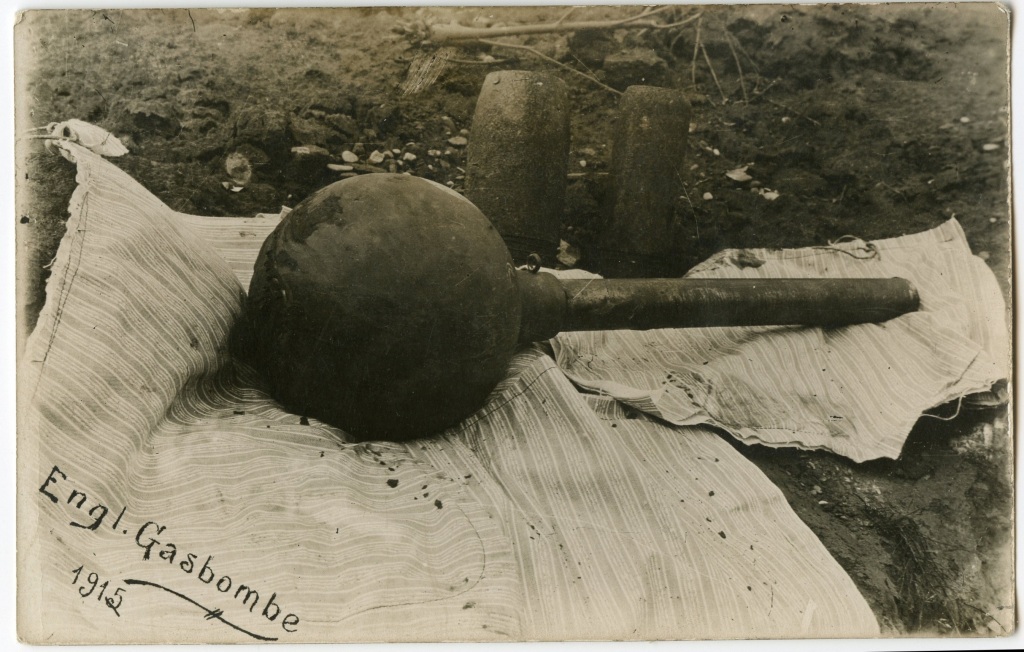
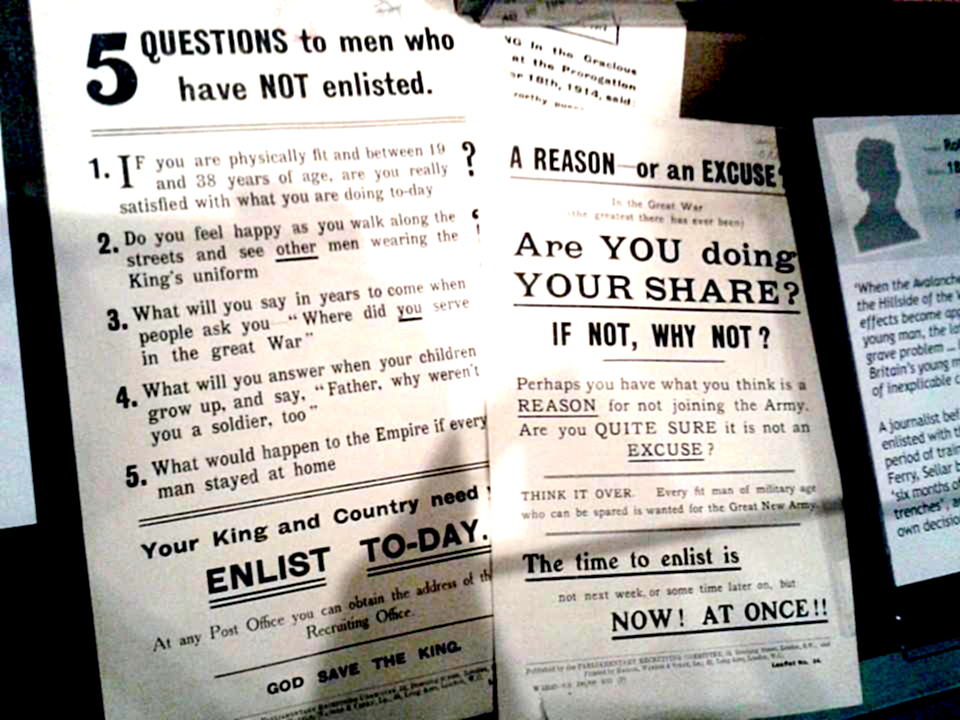
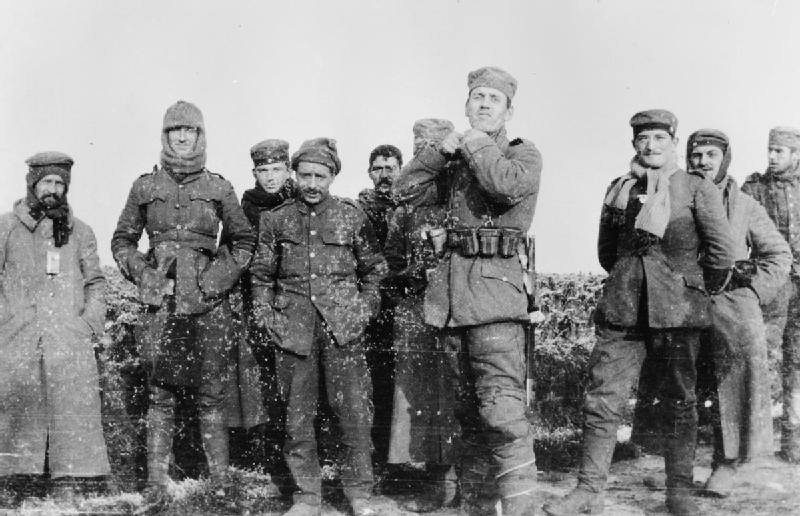
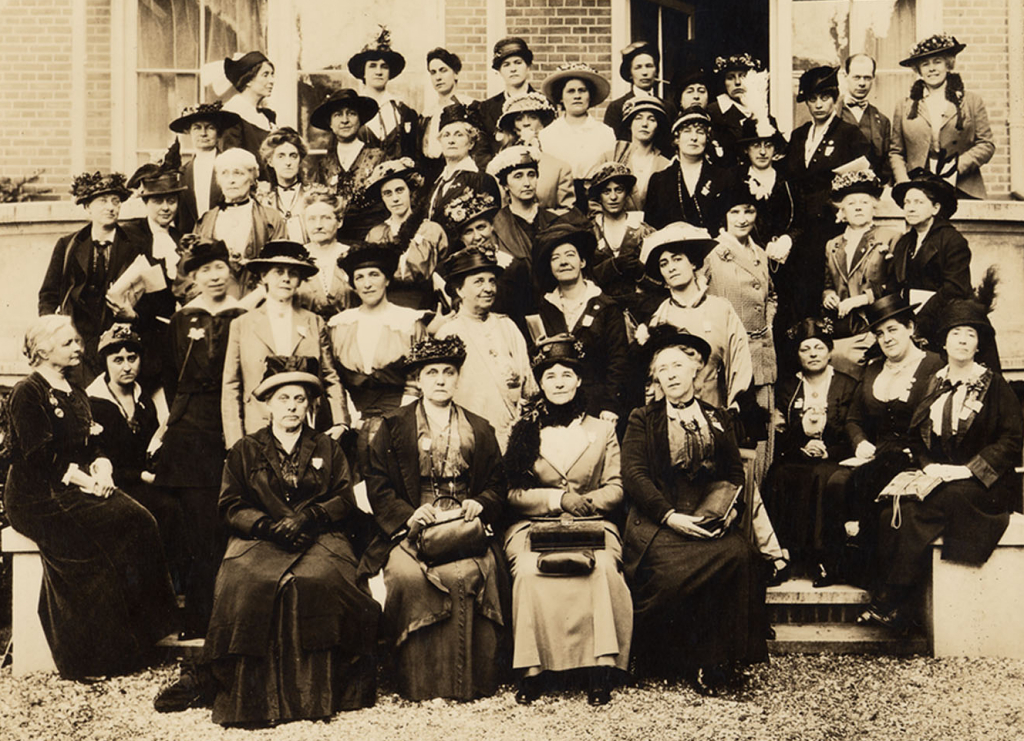
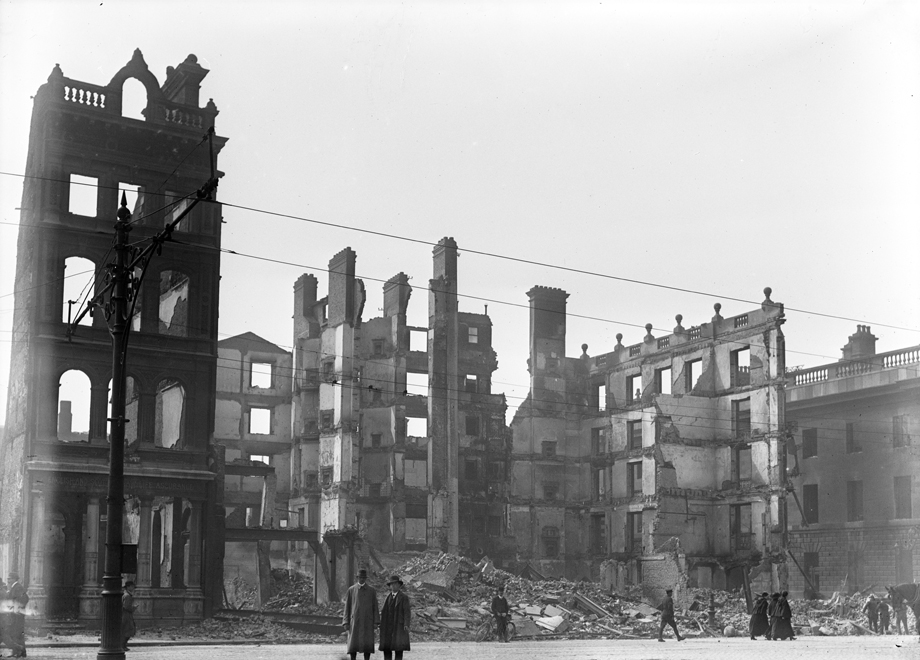



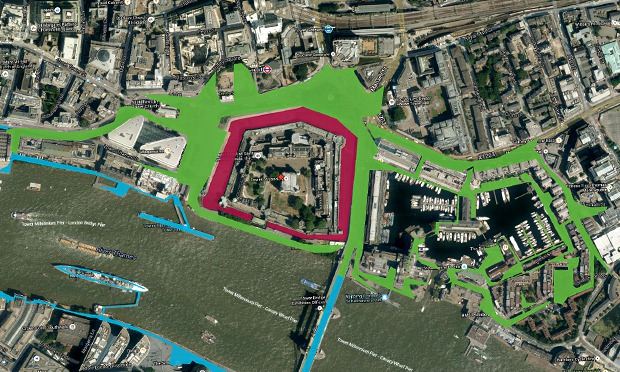
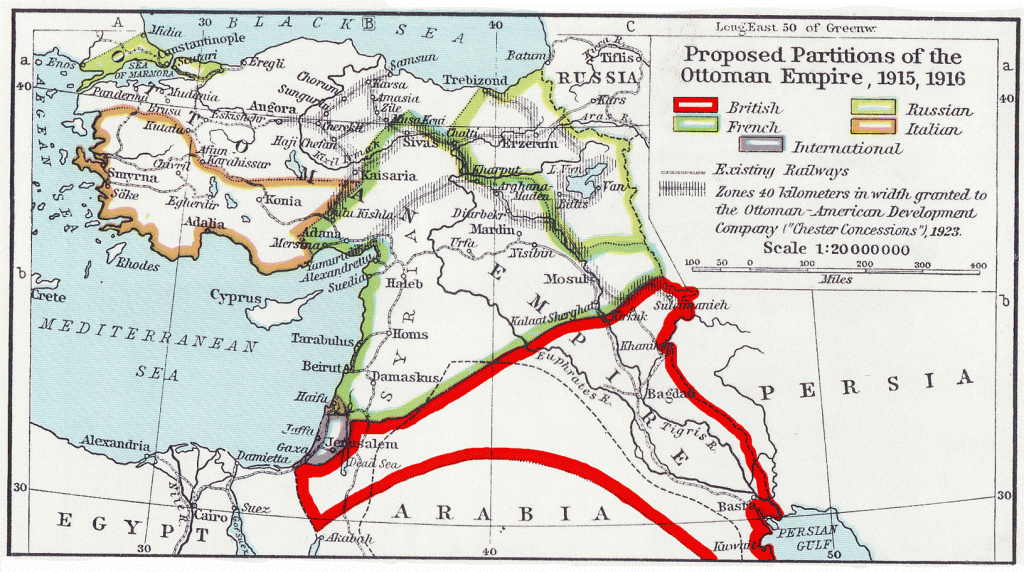
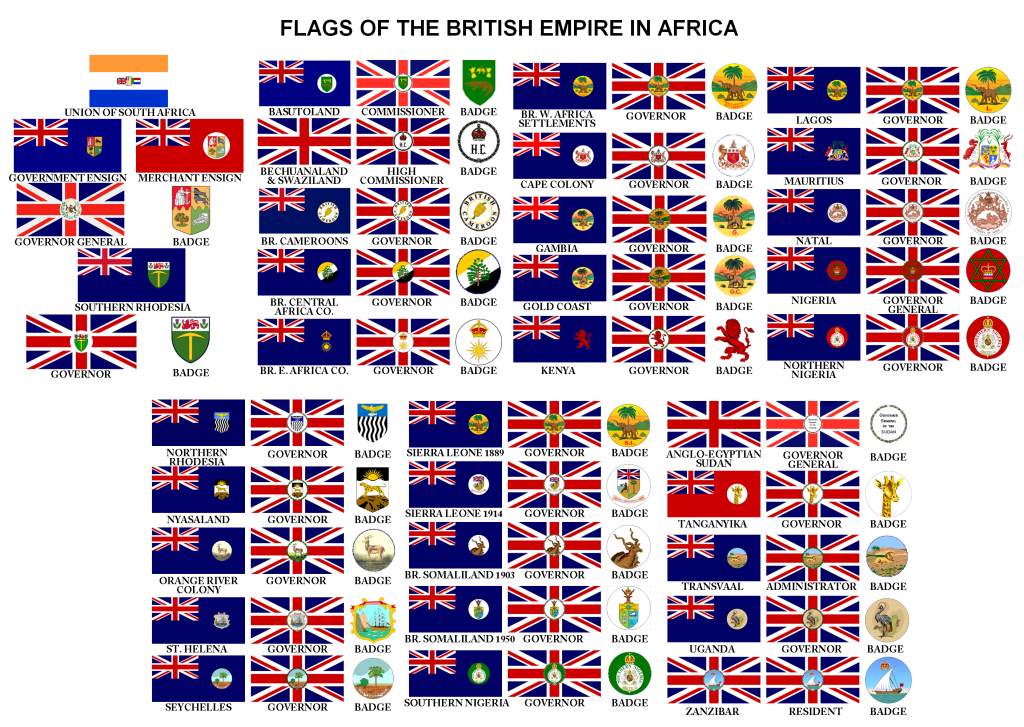
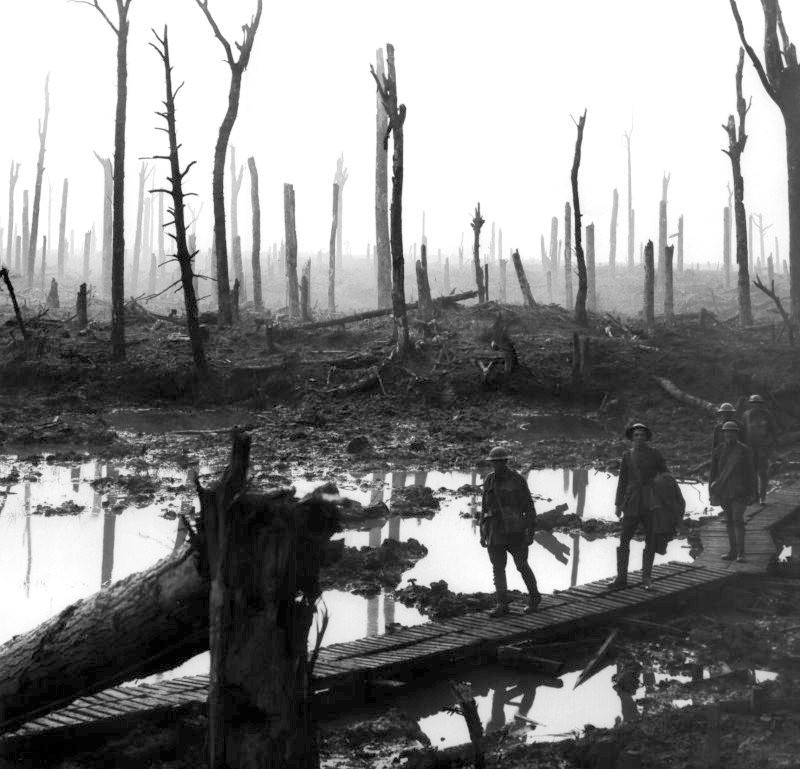
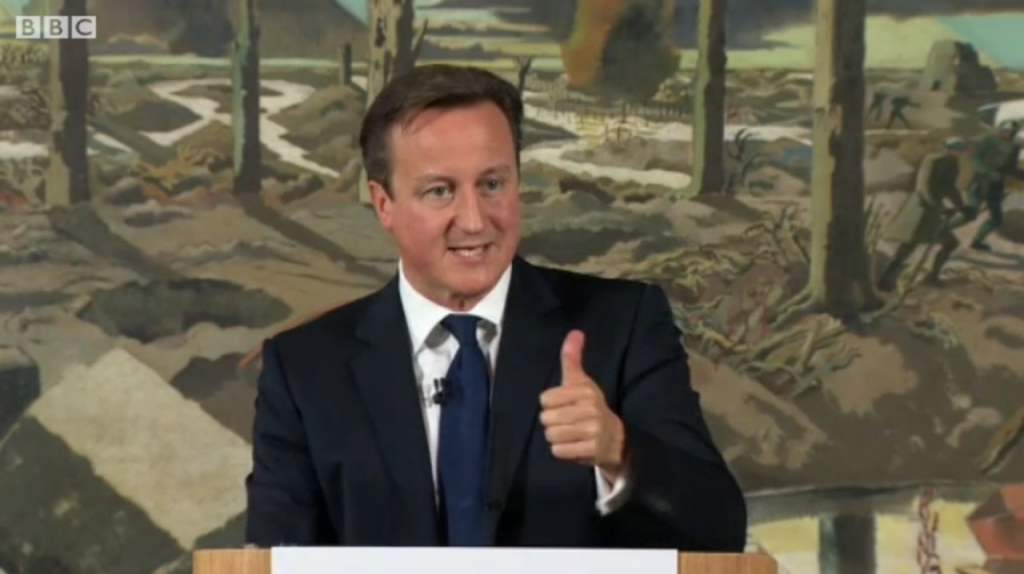
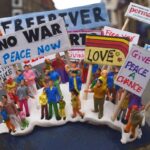


Thanks for your comments and corrections David.
I am quoting the Prime Minister’s use of the word celebration from his IWM speech which you can read here.
In the speech he says:
“Our ambition is a truly national commemoration, worth of this historic centenary. I want a commemoration that captures our national spirit, in every corner of the country, from our schools to our workplaces, to our town halls and local communities. A commemoration that, like the Diamond Jubilee celebrated this year, says something about who we are as a people.”
I feel the use of the word celebration here, alongside the direct comparison with the Jubilee, which was intended after all to be a big national party, is inappropriate.
I was also sad to learn that the MP overseeing these commemorations, Andrew Murrison, is debating at Exeter University on Friday in favour of the motion “This house believes that World War One was a great British victory.”
I don’t understand why you feel the need to say that political leaders eg Cameron are “celebrating” WW1 when it is obvious to anyone that they are not. Putting a (clearly) false spin on things simply devalues whatever points you are making, by making readers less inclined to believe what you say.
PS (in your comment) contentious objectors ?
I’ve received lots of lovely responses to this piece so thank you to everyone who emailed in.
Other great projects I’ve been made aware of are the White Feather Diaries (http://www.whitefeatherdiaries.org.uk/) and Campaign Against the Arms Trade’s “Arming All Sides” project (http://armingallsides.on-the-record.org.uk/).
Both arms profiteering and conscientious objectors are ill-covered by this piece and we should revisit as a blog. If you’re interested in doing something, email editors@project1-hvznj9e2s8.live-website.com.